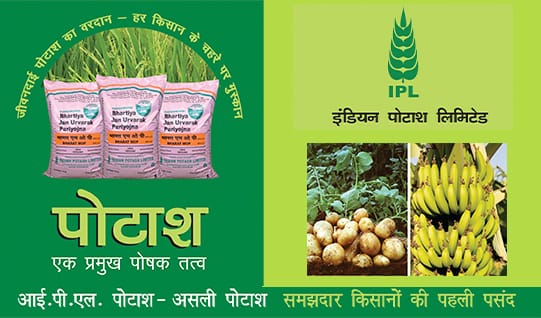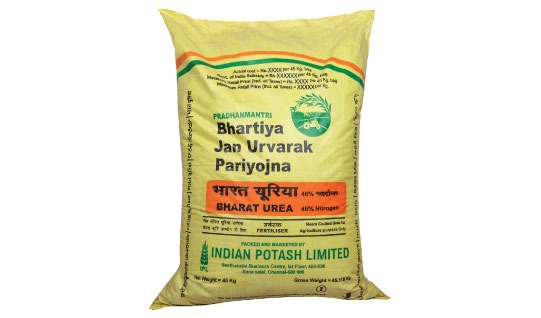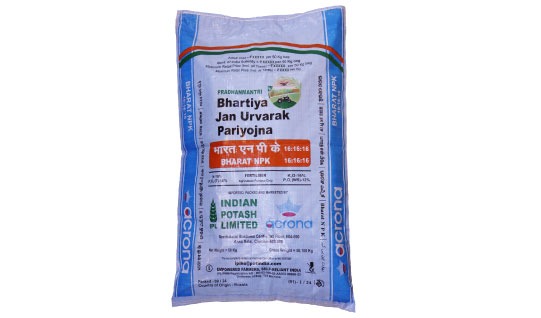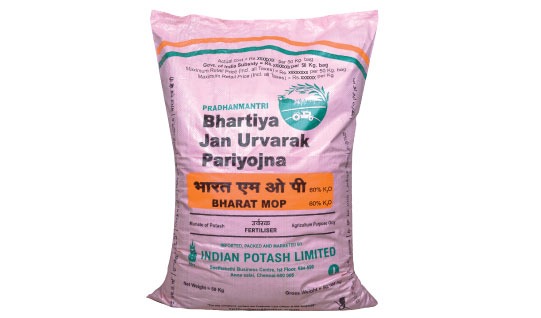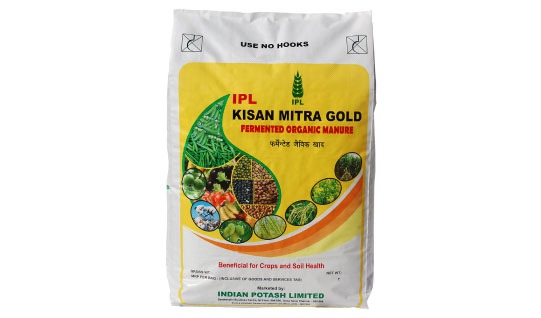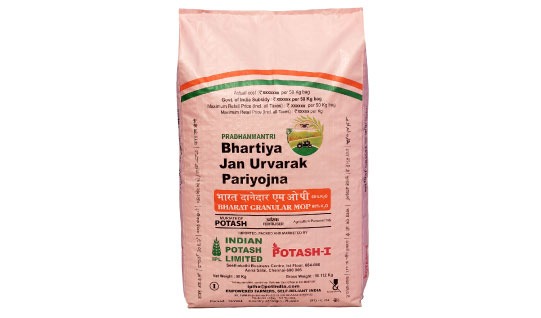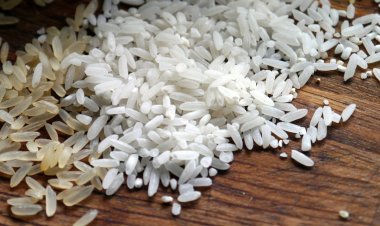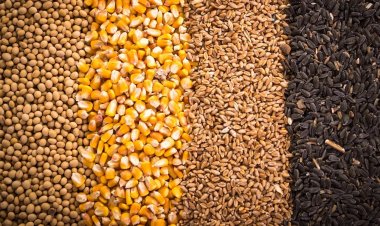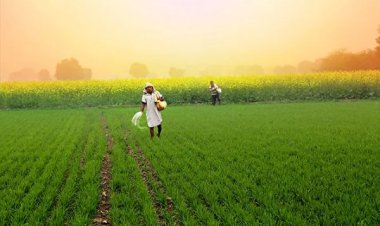Drought Conditions in China Risk Wheat Crops, UK Also to See Crop Failure
With Henan alone accounting for nearly one-third of China's wheat output, any damage could have wide-reaching consequences. The alert follows recent comments by the country’s water resources minister warning of worsening drought conditions across the northern wheat belt.
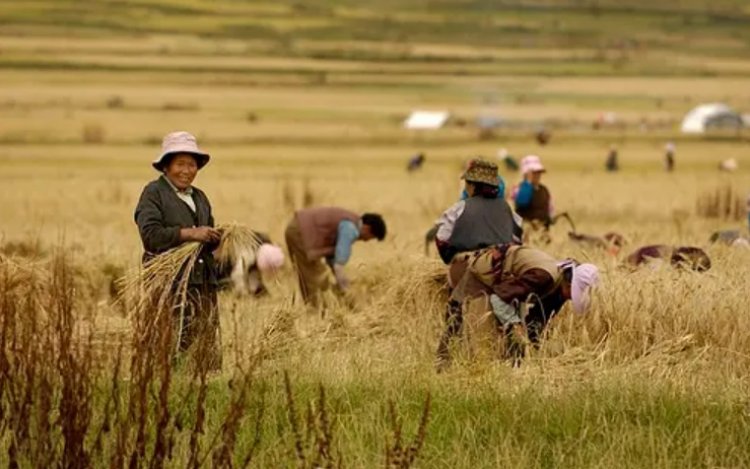
A worsening climate crisis is threatening wheat harvests, as both China and England- two major agricultural regions- grapple with drought, extreme temperatures, and dwindling water resources. From Asia’s grain heartland to the English countryside, farmers and officials are sounding the alarm over the growing strain on crops and water systems, raising fears about food security and rising import dependencies.
In China, Henan province- often referred to as the nation's granary- has issued a risk warning as scorching temperatures and dry winds bear down on the critical wheat grain-filling stage. Forecasts predict temperatures above 35°C from May 11 to 13, particularly in areas like Anyang, Puyang, and Zhengzhou. This phase is essential for determining the final yield and quality of the crop.
With Henan alone accounting for nearly one-third of China's wheat output, any damage could have wide-reaching consequences. The alert follows recent comments by the country’s water resources minister warning of worsening drought conditions across the northern wheat belt.
Satellite and weather data show a 90-day rainfall deficit spanning major growing regions such as Hebei, Anhui, and Jiangsu—together representing over 60% of China’s winter wheat output. Although much of the wheat area is irrigated, dry weather is expected to still significantly impact yields. A poor harvest could push China, already the world’s top wheat importer in 2022 and 2023, to ramp up imports once more to meet domestic demand.
UK farmers witnessing crop failures
Meanwhile, in England, farmers are already witnessing crop failures due to what officials describe as the driest start to spring in 69 years. March was the driest since 1961, and April brought only half the normal rainfall. Water reservoirs across the north-east and north-west are notably low, and farmers have been forced to start irrigating far earlier than usual.
The Environment Agency (EA) has urged the public to start conserving water as it warns of looming hosepipe bans and possible shortages. The National Drought Group (NDG), which convened to assess readiness, painted a bleak picture of water companies being unprepared and overly reliant on hopes for rain. Experts compared the current conditions to 2022, a year when large-scale crop failures and water emergencies hit the UK, especially in the south-east.
Reservoir levels are currently even lower than in 2022, standing at 84% capacity nationwide compared to 90% this time last year. Northern England is particularly vulnerable, with some water companies already tapping rivers months ahead of schedule. Fish deaths have surged beyond seasonal norms, and river flows are alarmingly low.
In China and England alike, the hope now rests heavily—perhaps too heavily—on rain.



 Join the RuralVoice whatsapp group
Join the RuralVoice whatsapp group


